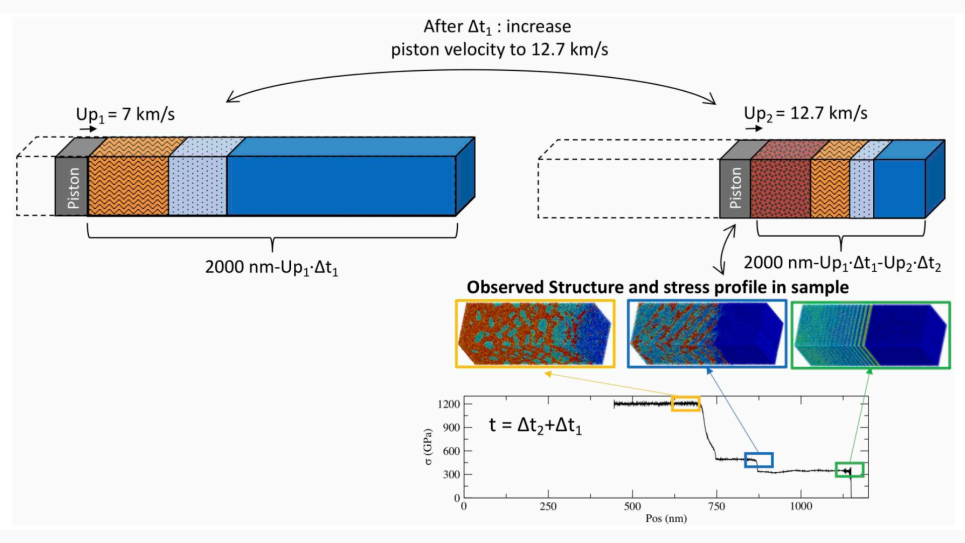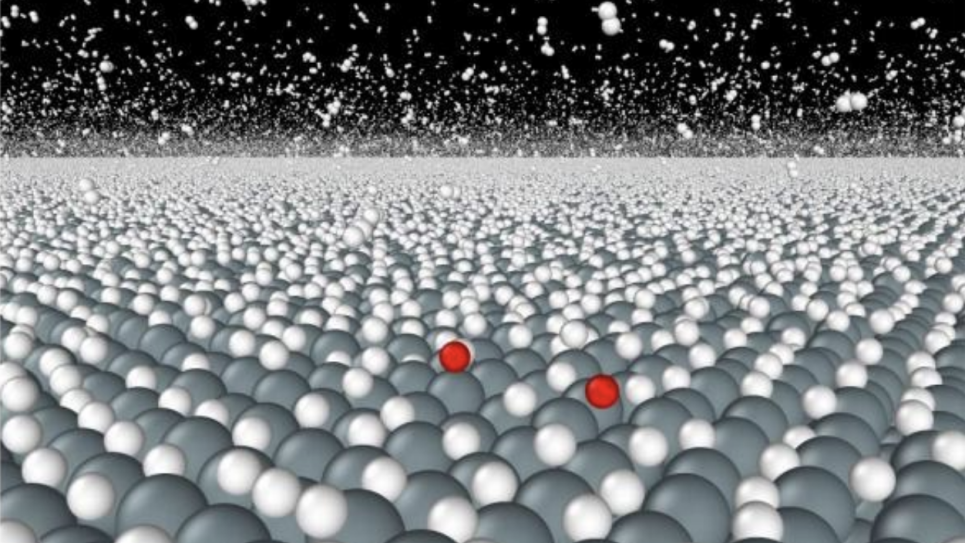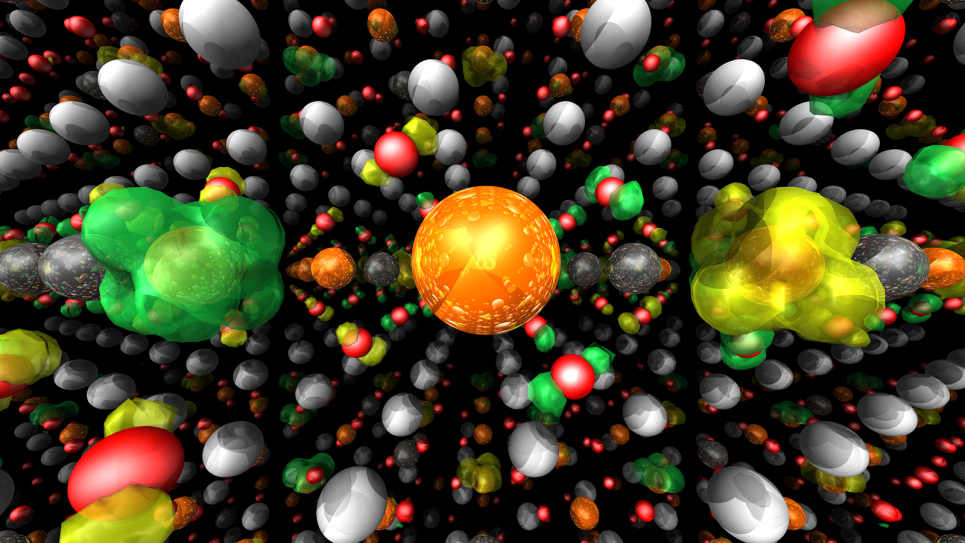This interdisciplinary, collaborative team will use predictive modeling to accelerate the discovery and design of materials for a variety of energy-related applications. The computational campaigns in this ALCC project are integral parts of this team’s ongoing research efforts and are aligned with the Department of Energy’s mission to advance scientific and technological capabilities with innovative discoveries. The systems/processes targeted in this project are of significant interest for the chemical, biorenewable, and petrochemical industries, and improving nanoporous materials for these applications has tremendous societal benefits.
The project’s research objectives largely support goals of the DOE-funded Nanoporous Materials Genome Center (NMGC). The research objectives also support BES's mission in the fundamental core programs of CGBS through the Chemical Theory and Computation Program and of MSE through the Synthesis and Processing program. In addition, some of the application projects are directly related to the separation tasks of a DOE EERE award and an NSF SI2 (Software Infrastructure for Sustained Innovation) award, and other application projects indirectly support the goals of four Energy Frontier Research Centers (EFRCs): Inorganometallic Catalyst Design Center, Center for Gas Separations Relevant to Clean Energy Technologies, Catalysis Center for Energy Innovation, and Center for Understanding and Control of Acid Gas-Induced Evolution of Materials for Energy.


